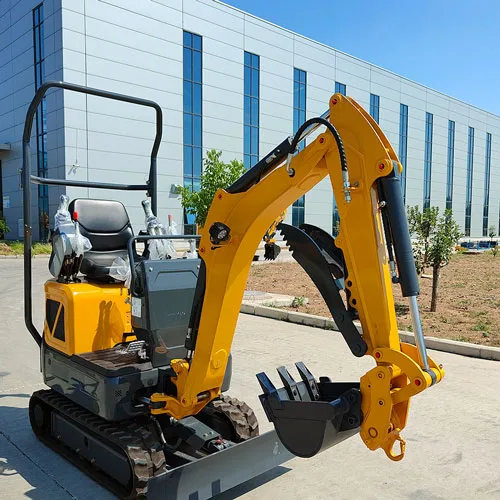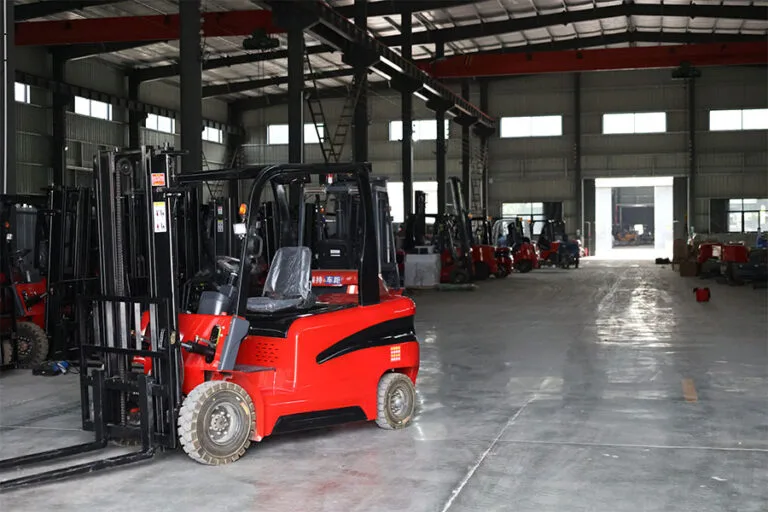Welcome to My Blog!
I’m thrilled to have you here! Before we dive into the content, let’s stay connected. Join me on my social media platforms for more insights, community engagement, and regular updates. Here’s where you can find me:
📌 Facebook: Shandong Huaying International Trade Co., Ltd.
Now, let’s embark on this journey together. I hope you find the content here not only insightful and engaging but also valuable to your interests. Let’s learn, grow, and connect!
Table of Contents
Introduction
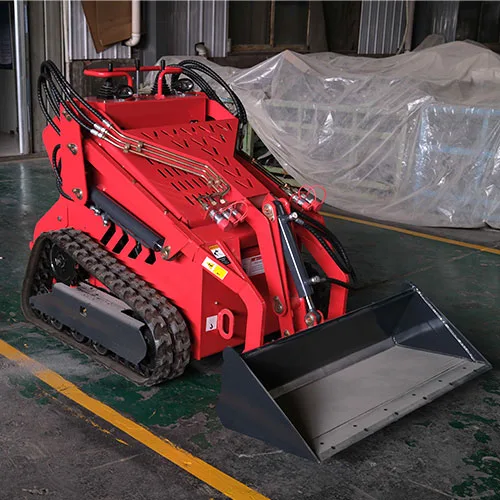
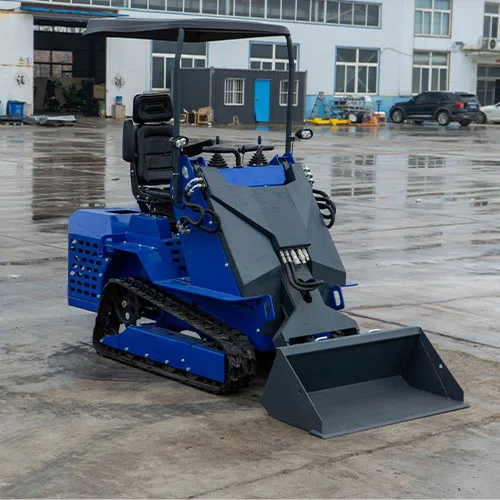
When it comes to versatile and compact construction equipment, the stand up skid steer loader stands out as a genuine game-changer in the industry. By allowing operators to remain upright, these machines deliver remarkable ergonomic advantages, reduced operator fatigue, and optimized workflow for tasks requiring frequent on-and-off movements. Beyond ergonomics, they also boast a smaller footprint compared to traditional sit-down loaders, making them ideal for urban job sites, indoor warehouses, and densely packed work zones. As job site demands grow more complex, understanding how to choose the right stand up skid steer loader has become critical for contractors, landscapers, and municipal crews alike.
In this comprehensive guide, we’ll explore six essential tips—ranging from evaluating job-specific requirements to analyzing long-term cost of ownership—that will equip you with the knowledge needed to make an informed purchase decision. Whether you’re new to rental fleets or a seasoned equipment manager, these insights will ensure you select a machine that enhances productivity, safety, and ROI.
Tip 1: Understand the Core Benefits of a Stand Up Skid Steer Loader
Before diving into spec sheets and price tags, it’s crucial to identify the unique advantages offered by a stand up skid steer loader:
- Enhanced Ergonomics & Operator Comfort: Standing operation reduces the time wasted climbing in and out of a conventional cab. With easy-access steps and low-profile guardrails, operators can transition quickly between the loader and ground-level tasks—ideal for planting, palletizing, or light demolition work.
- Improved Visibility & Precision: The open design and elevated operator position provide unparalleled sightlines to the bucket or attachment tip. This heightened visibility minimizes the risk of accidental damage to property, increases digging accuracy, and streamlines material placement.
- Compact Size for Tight Spaces: With an overall width often under five feet, these loaders navigate doorways, narrow corridors, and crowded job sites with ease. This makes them a top choice for landscaping projects, indoor facility maintenance, and utility work in confined areas.
- Faster Cycle Times: By reducing operator fatigue and eliminating cab entry delays, stand up skid steer loaders can complete repetitive tasks—such as loading trucks or raking debris—more quickly than their sit-down counterparts.
By appreciating these core benefits, you can set clear performance expectations and begin matching machine capabilities to your job demands.
Tip 2: Evaluate Job Site Requirements
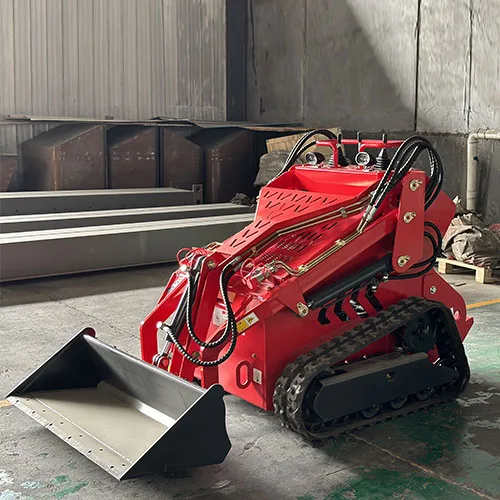
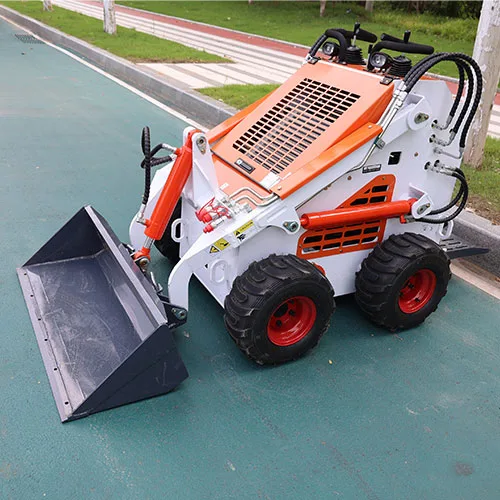
When choosing a stand up skid steer loader, consider the specific needs of your job site. Assessing the following factors will help you align loader features with real-world conditions:
- Material Handling Needs: Estimate average and peak load weights. For instance, a landscape contractor may handle mulch and soil (light to medium loads), while a demolition crew might require lifting heavier debris.
- Terrain Characteristics: Identify whether surfaces are flat, sloped, rocky, or muddy. Rubber tracks vs. pneumatic tires become a key choice—tracks offer better flotation in soft ground, while tires deliver smoother rides on paved surfaces.
- Spatial Constraints: Measure gate widths, indoor door clearances, and aisle spaces. If your work frequently takes place in enclosed or restricted access environments, prioritize models with the narrowest dimensions and tightest turning radii.
- Duty Cycle & Operating Hours: Estimate daily runtime to determine engine horsepower and hydraulic system durability requirements. Machines with reinforced hydraulics are better suited for continuous, high-demand operations.
- Attachment Frequency: If your workflow alternates between tasks—such as trenching, sweeping, and lifting—look for quick-attach couplers and consider investing in multiple dedicated attachments to minimize downtime.
Armed with this granular understanding, you can shortlist models that precisely meet your operational criteria without overspending on excess capacity.e with the right dimensions, lift capacity, and attachments.
Tip 3: Compare Specifications and Features
Once you’ve determined your needs, it’s time to dive into the technical specifications. Here’s a comparison table of common features to consider when evaluating a stand up skid steer loader:
Stand Up Skid Steer Loader Feature Comparison
| Feature | What to Look For | Importance Level |
|---|---|---|
| Operating Weight | Should match transport and job site requirements | High |
| Rated Operating Capacity | Determine load handling capability | High |
| Engine Power | Affects machine performance and fuel efficiency | Medium |
| Hydraulic Flow | Supports attachment functionality | High |
| Overall Dimensions | Must suit space constraints of the worksite | High |
| Visibility from Cab | Enhances safety and control | High |
| Ease of Maintenance | Reduces downtime and increases lifespan | Medium |
Make sure to match these features to your specific use cases. For example, if your job requires frequent lifting of heavy materials, a higher operating capacity will be crucial.
Tip 4: Consider Attachment Versatility
The true value of a stand up skid steer loader emerges when it’s paired with the right attachments. Common categories include:
- Earthmoving & Trenching: Buckets (clamshell, grading), trenchers, rock wheels.
- Drilling & Augering: Auger drives with various bit diameters for fence posts, planting, and footings.
- Material Handling: Pallet forks, bale spears, grapple buckets.
- Surface Preparation: Brush cutters, rotary tillers, sweepers.
- Snow Management: Snow plows, snow blowers, V-plows.
When evaluating attachments:
- Confirm Quick-Attach Systems: Brands like universal, skid steer, and Euro couplers differ. Choose a system matching your existing fleet or plan for adaptors.
- Evaluate Hydraulic Requirements: Some attachments demand high-flow hydraulics or auxiliary lines—ensure the loader’s hydraulics can meet these specs.
- Assess Storage and Transport: Consider the logistics of storing and moving multiple attachments—trailers with racks or onsite mounting stations can streamline operations.
- Attachment Maintenance: Durable wear parts and easy-replacement kits reduce long-term costs.
By prioritizing attachment versatility, you transform your loader into a multi-functional powerhouse, maximizing its ROI.
Tip 5: Review Safety Features and Ergonomics
Safety is non-negotiable. Beyond mandatory ROPS and FOPS certification, look for:
- Operator Presence Systems: Automatic engine shutoff if the operator leaves the platform.
- Emergency Egress & Access: Non-slip platforms, ample handholds, and wide steps.
- Visibility Enhancements: Integrated LED work lights, rear-view cameras, and convex mirrors.
- Ergonomic Controls: Adjustable steering columns, wrist supports, and intuitive joystick layouts.
Additionally, ensure compliance with local OSHA or ANSI standards for powered industrial trucks. Documented safety features not only protect personnel but can also lower insurance premiums and reduce liability risks.can make long workdays more bearable and reduce the risk of injury.
Tip 6: Assess Long-Term Value and Dealer Support
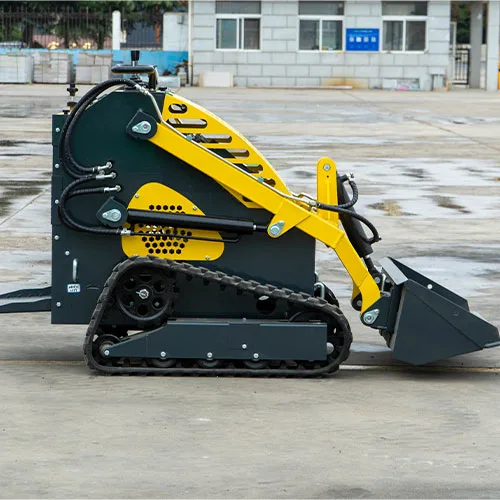
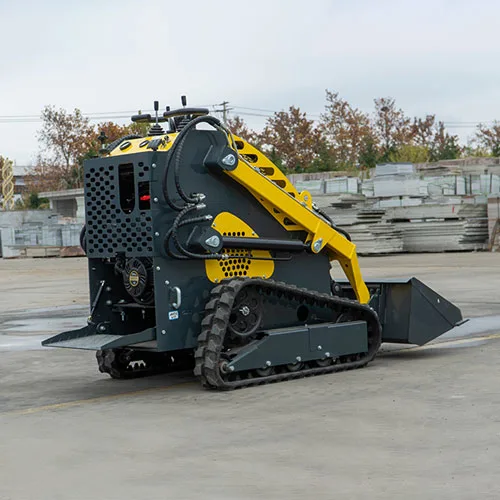
When investing in a stand up skid steer loader, consider more than just the initial price. Think about fuel efficiency, maintenance costs, warranty coverage, and resale value. Reliable dealer support can make a significant difference in machine uptime. Look for a supplier who offers excellent after-sales service, easy access to spare parts, and training for your team.
A loader with a slightly higher upfront cost might actually save you money in the long run if it comes with better efficiency and support.
Conclusion
Choosing the right stand up skid steer loader requires a clear understanding of your project needs, a comparison of machine features, and an evaluation of long-term costs. By following these six essential tips, you can ensure that your investment will pay off in productivity, safety, and reliability. Whether you’re operating in tight urban spaces or rugged construction zones, the right loader can become an invaluable asset to your team.
FAQ
What distinguishes a stand up skid steer loader from traditional loaders?
A stand up skid steer loader features an open platform and protective guardrails, allowing the operator to stand rather than sit. This design facilitates rapid entry/exit, enhanced sightlines, and superior maneuverability in confined areas.
Who should use a stand up skid steer loader?
These loaders are ideal for landscaping, construction, agriculture, and municipal work, especially in areas with limited space or tasks requiring frequent operator movement.
Are stand up skid steer loaders safe?
Yes, when used properly and equipped with necessary safety features, they are safe and efficient. Always follow manufacturer guidelines and conduct regular maintenance.
What attachments can I use with this type of loader?
You can use a wide range of attachments including augers, trenchers, buckets, pallet forks, and sweepers. Check compatibility before purchase.
How much does a stand up skid steer loader cost?
Prices vary based on specifications, brand, and features, but generally range from $25,000 to $50,000. Always factor in long-term maintenance and support costs.

